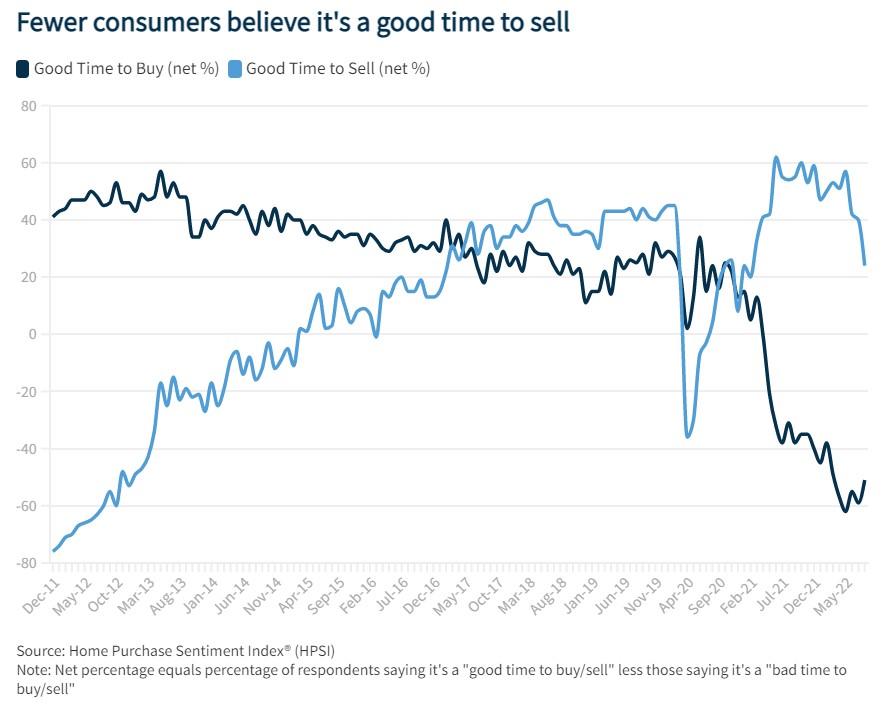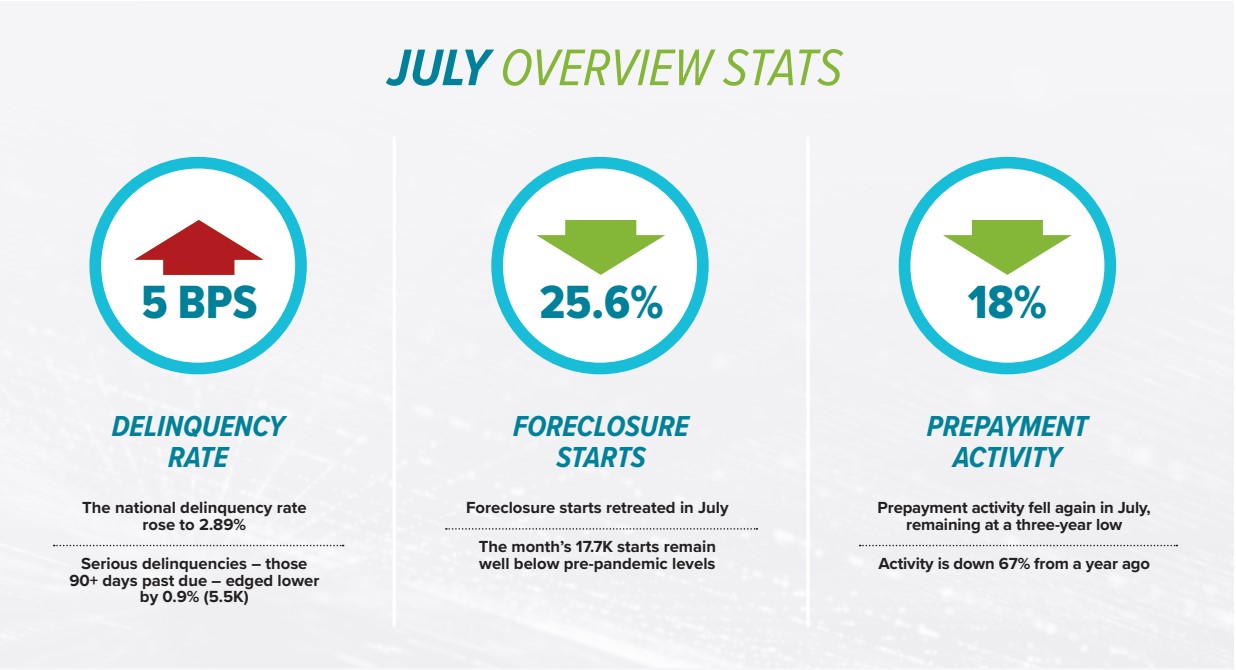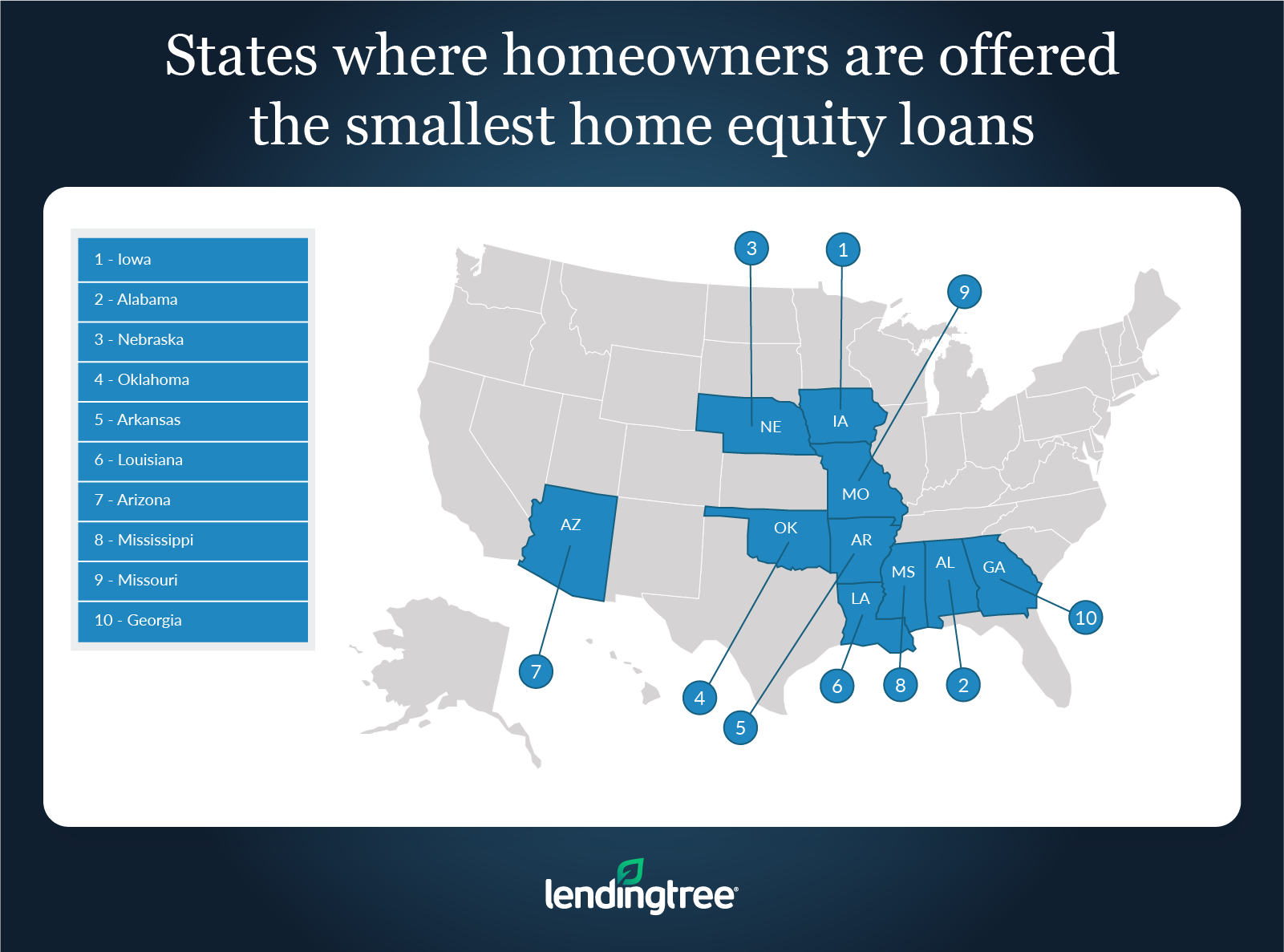U.S. Sens. Mark R. Warner of Virginia, Chris Van Hollen of Maryland, Rev. Raphael Warnock of Georgia, Jon Ossoff of Georgia, Tim Kaine of Virginia, and U.S. Rep. Emanuel Cleaver of Missouri have introduced bicameral legislation to help first-time, first-generation homebuyers build wealth much more rapidly with the Low-Income First-Time Homebuyers (LIFT) Act.
By offering new homeowners a 20-year mortgage for roughly the same monthly payment as a traditional 30-year loan, LIFT will allow individuals traditionally underrepresented in the housing market to grow equity twice as fast.
“Homeownership is one of the key ways Americans build capital and wealth. Unfortunately, racism and systemic discrimination in our housing laws have put this opportunity out of reach for far too many families of color,” said Sen. Warner. “The LIFT Act will help narrow the racial wealth gap by allowing qualified home buyers to build equity–and wealth–at twice the rate of a conventional 30-year mortgage.”
First introduced in 2021, LIFT would establish a program at the U.S. Department of Housing & Urban Development (HUD), in consultation with the U.S. Department of the Treasury, to sponsor low fixed-rate 20-year mortgages for first-time, first-generation homebuyers who have incomes equal to or less than 120% of their area median income (AMI). Working through Ginnie Mae, the Treasury would subsidize the interest rate and origination fees associated with these 20-year mortgages so that the monthly payment would be in line with a 30-year Federal Housing Administration (FHA)-insured mortgage.
“Homeownership is a key tool for Americans to grow their wealth and build economic stability, but for far too many people, this goal remains out of reach,” said Sen. Van Hollen. “This is especially true for people of color–which is why we need to address the legacy of discrimination in our housing policy. This bill will help level the playing field for first-time, first-generation buyers and empower them to build more wealth.”
By allowing borrowers to build equity through their homes at twice the rate of a comparable 30-year loan without meaningfully increasing the monthly payment, LIFT will improve the power of homeownership for millions of families. Coupled with downpayment assistance, LIFT will make meaningful progress in narrowing the racial wealth gap, expanding, and greatly strengthening the wealth-building benefits of homeownership in communities too long left behind by existing financial structures.
Mark Zandi, Chief Economist of Moody’s Analytics, added, “Homeownership is the best way to build wealth, especially for lower- and moderate-income households and families of color, and LIFT supercharges that wealth-building. By helping homeowners get a 20-year mortgage with a lower monthly payment consistent with a 30-year mortgage, LIFT preserves affordability and supports homeownership, but also allows homeowners to rapidly accumulate equity in their homes. LIFT is among the most effective ways policymakers have to address the nation’s pernicious problem of large and widening economic disparities.”
David M. Dworkin, former Treasury Department official in the Obama and Trump Administrations and President/CEO of the National Housing Conference (NHC), added, “By subsidizing the interest rate on 20-year fixed rate mortgages, first-generation homebuyers will be able to build equity at twice the rate of a 30-year mortgage. Many multi-generational homebuyers with equity in their current home use this option on their own, but it’s impossible for low- and moderate-income first-generation home buyers to take advantage of it. The LIFT bill evens that playing field and will not only help close the wealth gap, but it will strengthen the economy for all Americans.”
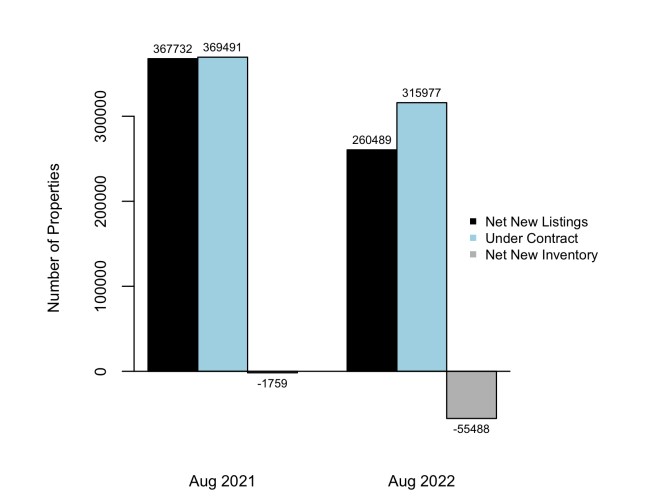
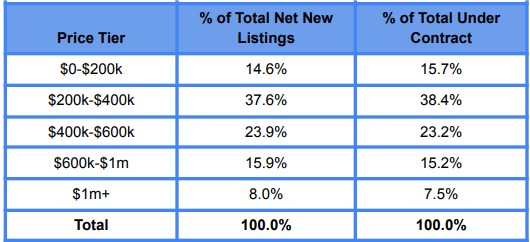


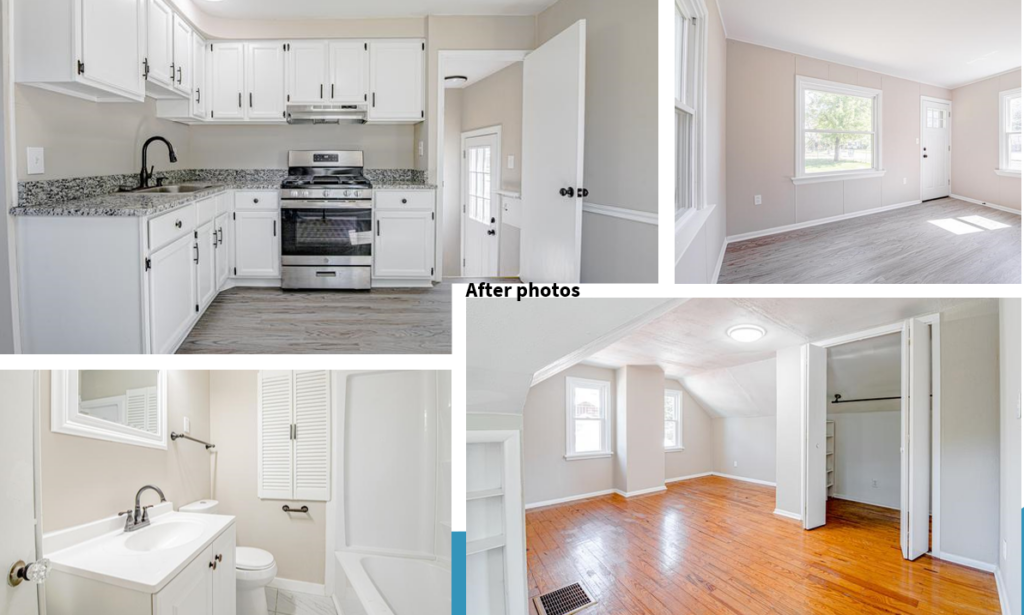


 The HHP program helps children and other vulnerable residents reach their full potential by preventing injuries and diseases, lowering healthcare costs, and improving their overall quality of life.
The HHP program helps children and other vulnerable residents reach their full potential by preventing injuries and diseases, lowering healthcare costs, and improving their overall quality of life.